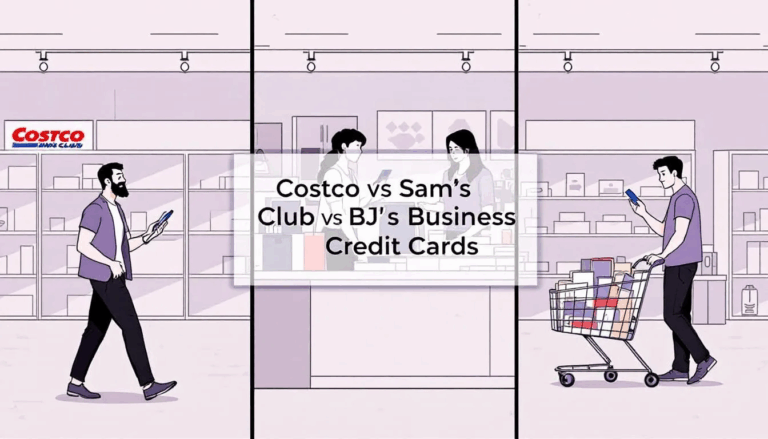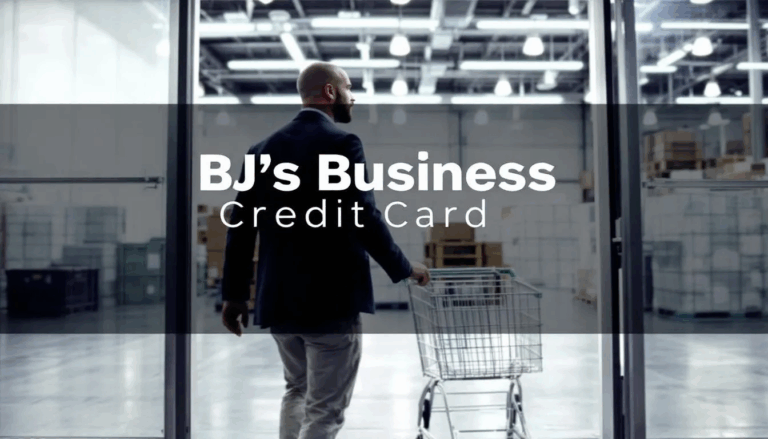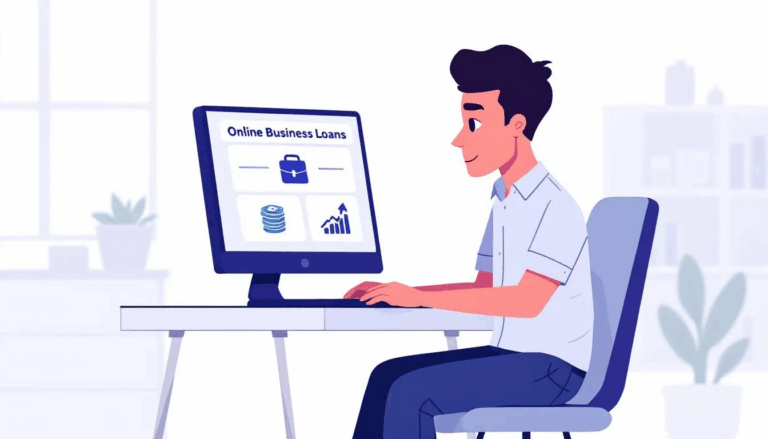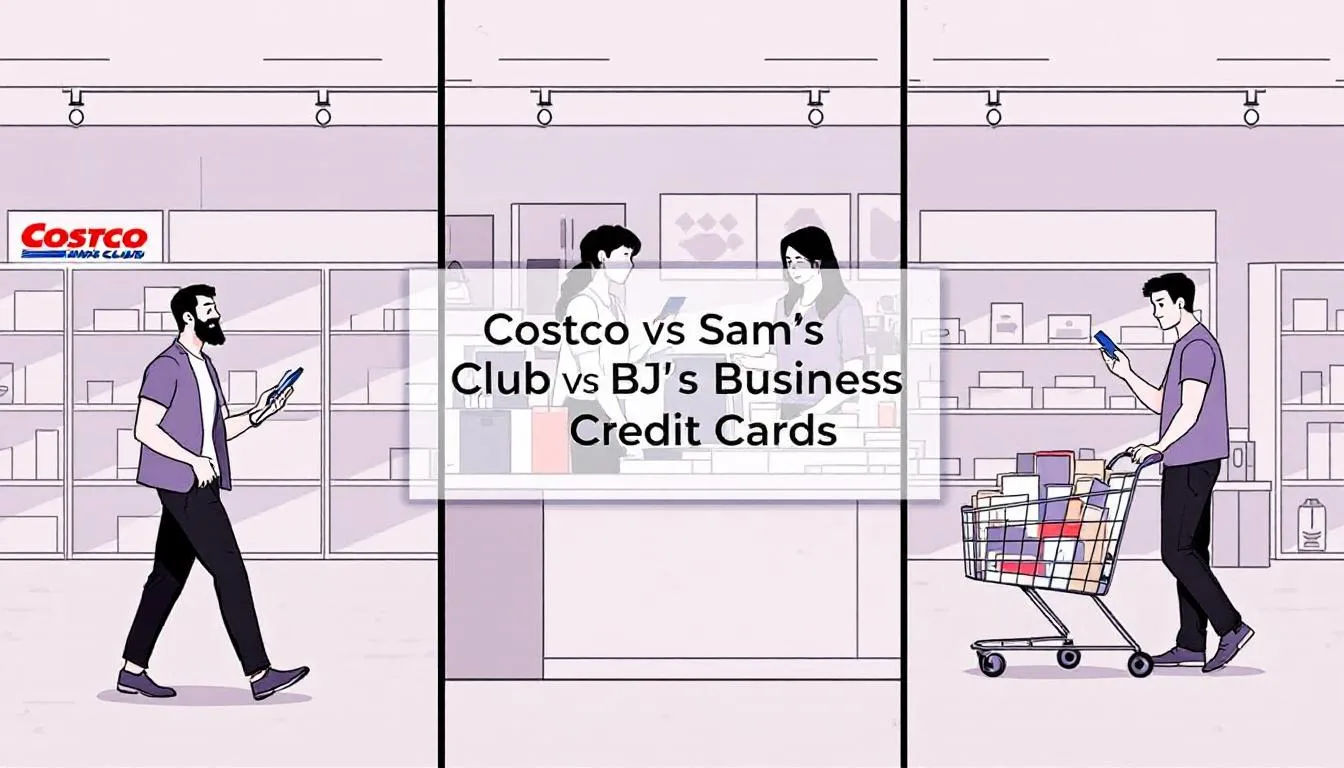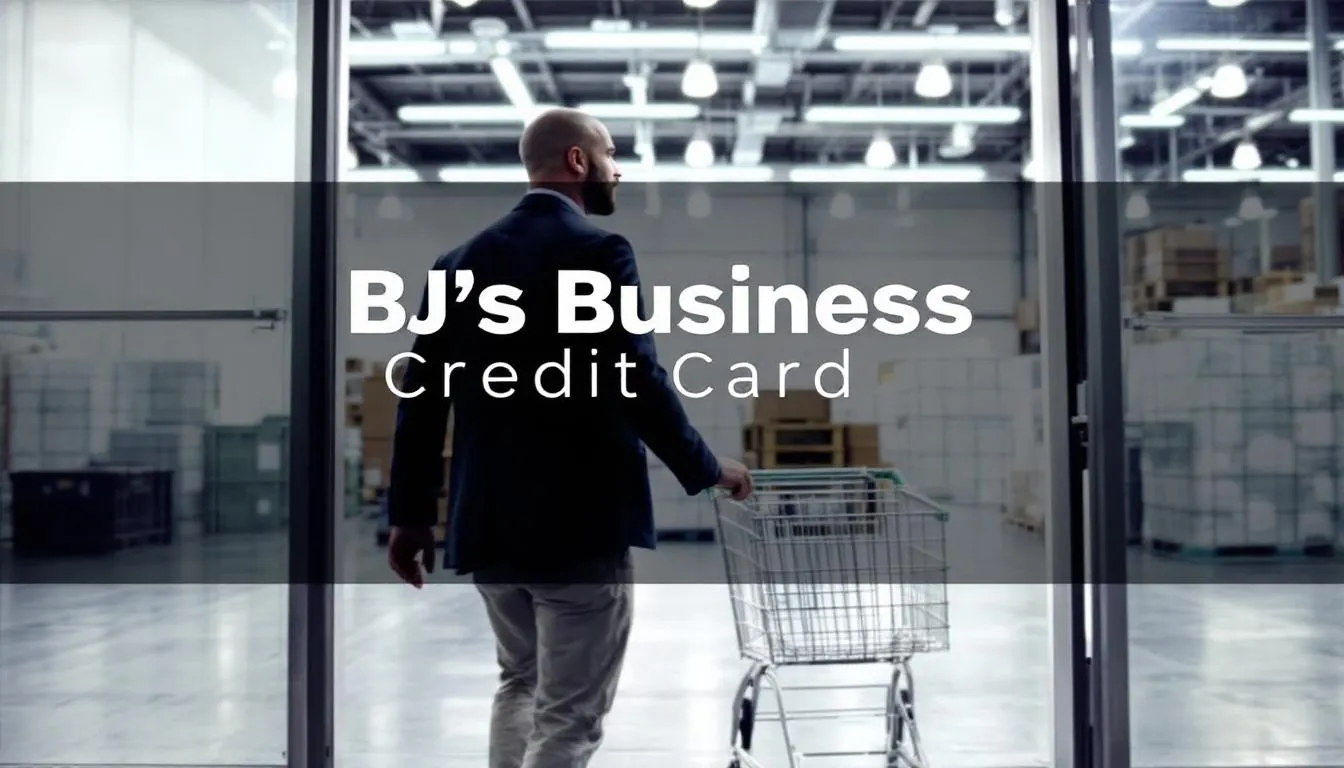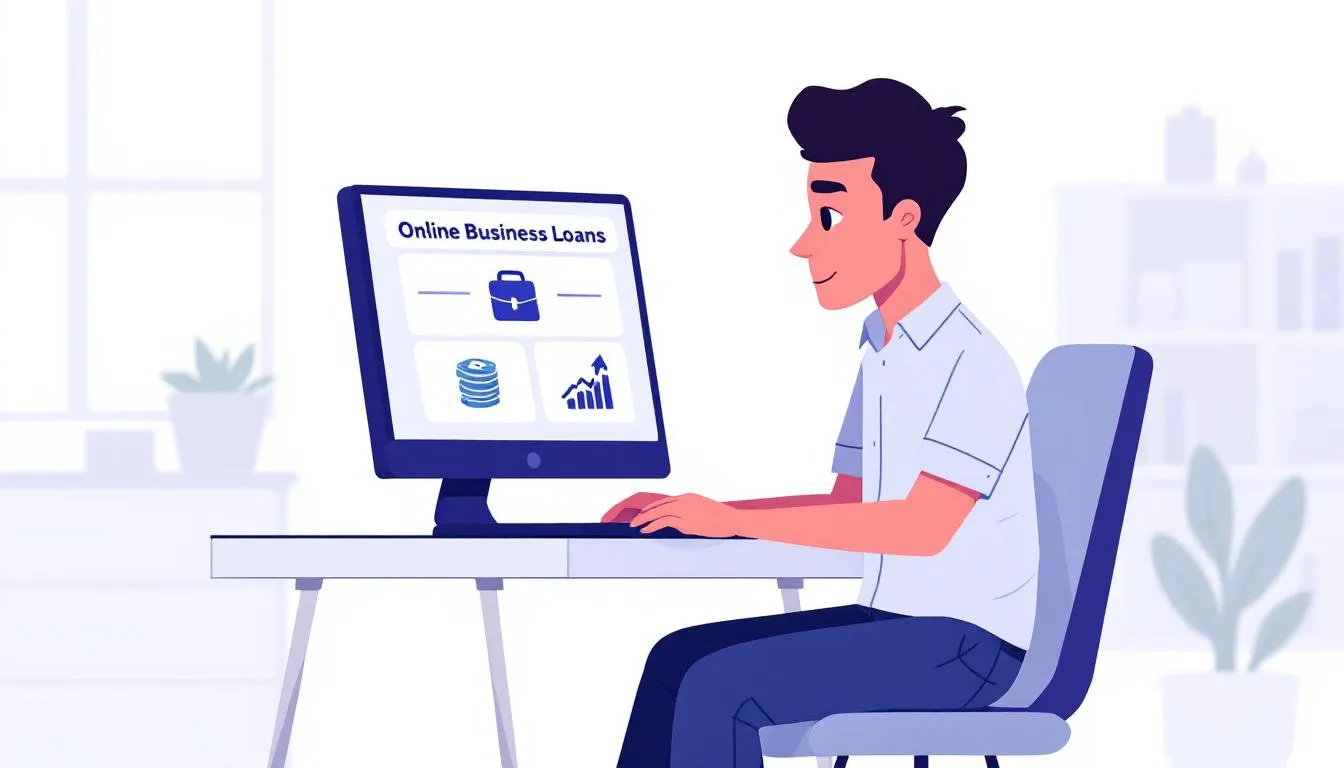What is Equipment Financing?
Equipment financing enables businesses to acquire expensive equipment without making a full upfront payment. Companies can either take an equipment loan or lease equipment. Businesses can often obtain 100% financing for new or used equipment through specialized financing programs.
Equipment loans provide business owners with the following:
-
Up to $10 million per piece.
-
Loan terms of 1-6 years.
-
Interest rates starting at 3.5%
-
Funding in 3-10 business days.
This business financing process starts with obtaining the invoice, or invoices, for the equipment the business wants to purchase. The invoice is included with the loan application.
Applying for equipment loans with an online lending marketplace (like United Capital Source) only takes a few minutes. The review process is quick, and if approved, the loan funds get sent in 3-10 business days.
The lender sends the money directly to the vendor for the purchase of the equipment. The vendor then delivers the equipment and, if necessary, installs it.
Most equipment financing arrangements require monthly payments over the duration of the loan term. After paying off the loan, the lender releases its lien on the equipment, and the business owns it outright.
Business equipment is a vital part of operations for companies across all industries. Examples of business equipment you can purchase with a loan include:
-
Construction equipment & machinery
-
Manufacturing & fabrication equipment and machinery
-
Computers, office furniture, and accessories
-
Kitchen equipment, such as ovens, freezers, and tools
-
Medical & dental equipment
-
Farm and agricultural equipment
What is Bad Credit Equipment Financing?
With equipment loans, the asset(s) you’re purchasing are the collateral, known as a “self-collateralized loan.” Other self-collateralized loans include auto loans and mortgages. If the borrower defaults, the lender repossesses the assets to recoup its losses.
Since the collateral is built into the loan, equipment financing lenders are typically more willing to accept lower credit scores. The credit score requirements are usually much lower than those of a bank term loan or SBA loan, for example. The application for bad credit equipment financing is generally straightforward and can be completed on a single page.
The application process is typically straightforward. Several lenders offer deferred payment options to help companies maintain working capital.
At United Capital Source, most approved business owners have a minimum credit score of 600. Some lenders approve equipment loans for applicants with a credit score as low as 550.
If you can demonstrate strong cash flow and business performance, or add to your loan application, you may be eligible for an equipment loan despite a low personal credit score. Bad credit equipment financing usually means higher interest rates and shorter repayment terms.
How can I increase my chances of approval for an Equipment Loan?
Many equipment lenders will still check your credit history as part of the application process, even for financing with bad credit. Most lenders require some documentation to assess your business’s financial health, including cash flow statements and annual revenue reports. Lenders typically consider yearly revenue, profitability, cash flow, and outstanding debt, in addition to credit scores, when deciding whether to approve financing applications.
Lenders require a credit check to evaluate your financial history and risk of defaulting on a loan. Organizing financial documents, such as bank statements and tax returns, can improve the loan application process. Small business owners with low personal credit scores can take several steps to strengthen their loan application.
Higher Down Payment
One of the benefits of an equipment loan is that you can sometimes finance 100% of the market value. However, you will likely need a down payment if you have a low credit score. The more you can offer down, the better your chances of approval will be. Some lenders require a minimum down payment of 10% for borrowers with bad credit. If possible, try to come up with a 20% down payment.
Get a Co-signer
Obtaining a co-signer with a strong credit score can significantly enhance your equipment financing application.
Pledge Additional Collateral
While the equipment or asset you’re financing is the loan’s collateral, offering additional assets provides greater security for the lender. You can offer other business assets. Many lenders prefer liquid assets when possible.
Many lenders require a personal guarantee, which allows them to pursue personal assets if you default. If the lender does not need it, offering a personal guarantee can also help as collateral.
Update Your Business Plan
Most business loan applications require a business plan. If you can update yours, you could be a stronger candidate. Most online lenders weigh business performance just as heavily as credit history, if not more so. Loan repayments are drawn from the business’s cash flow, so demonstrating strong financial performance helps in securing approval.
How to apply for Bad Credit Equipment Financing:
You can apply directly through our one-page application in a matter of minutes or reach out to one of our loan experts.
Step 1: Make sure the equipment is the right purchase for your business.
You want to make sure the equipment you’re financing is worth the cost of the loan. As you pay off the loan, you will build equity in the equipment. You want to ensure the equipment is built to last or will at least have resale value at the end of the loan. Also, as you build equity, you can use that for future business loans.
Some things to consider include the following:
-
Will the equipment still be useful when the loan is paid in full?
-
What are the anticipated maintenance costs?
-
Can your cash flow support monthly payments?
Step 2: Gather your documentation.
When applying for an equipment loan, you need to provide the following:
-
Driver’s license.
-
The invoice for equipment.
-
Voided check from your business checking account.
-
Bank statements for the past three months.
-
Financial statements.
Step 3: Complete the application.
Go to our application page or give us a call for more information.
Step 4: Speak to a representative.
After we receive your application, a senior account executive will reach out to you. You’ll get a complete breakdown of loan amounts, loan terms, interest rates, and fees.
Step 5: Get approved.
Your equipment loan is approved when your application meets underwriting requirements and receives credit approval. We can help you set up automatic payments, or you can arrange to pay by check or electronic payment.
What are the benefits of Bad Credit Equipment Financing?
Bad credit equipment financing offers several advantages for small businesses that need essential tools or machinery but may not qualify for traditional loans. Equipment financing for small businesses allows companies to purchase equipment without paying the full amount upfront.
Bad credit equipment financing includes lease or loan programs that are often accessible even with a low credit score. One of the primary benefits is that bad credit equipment financing can help maintain cash flow by allowing businesses to pay for equipment over time, rather than all at once.
In many cases, bad credit equipment financing can cover up to 100% of the new or used equipment your business needs. Equipment loan programs typically offer quick and easy online applications with fast funding, making them particularly helpful for time-sensitive purchases.
Financing equipment also offers potential tax advantages under Section 179 of the Internal Revenue Code (IRC), allowing businesses to deduct the full purchase price of qualifying equipment. Additionally, successfully paying off equipment financing can help improve credit for future business opportunities by demonstrating reliability and repayment discipline.
What are the drawbacks of Bad Credit Equipment Financing?
While bad credit equipment financing can be a lifeline for many small businesses, it does come with several disadvantages. One of the biggest challenges is that equipment financing requires the purchased or leased equipment to serve as collateral, meaning the lender can repossess it in the event of default.
This risk can disrupt business operations if vital machinery is lost due to missed payments. Interest rates and fees are also generally higher for borrowers with poor credit, increasing the overall cost of financing. In addition, because lenders factor in credit risk, businesses may receive shorter repayment terms, which can result in higher monthly payments. Finally, not all types of equipment may qualify, limiting what a business can finance through these programs.
Bad Credit Financing Pros & Cons
Here is a quick summary of the benefits and drawbacks of poor credit equipment financing.
Pros:
-
Allows you to purchase equipment without paying the full amount upfront
-
Helps maintain cash flow with manageable payments over time
-
Can cover up to 100% of the cost for new or used equipment
-
Quick online applications with fast funding
-
Includes both lease and loan program options
-
May offer tax benefits under Section 179
-
On-time repayment can help improve business credit
Cons:
-
Equipment financing requires using the equipment as collateral
-
Risk of losing essential equipment if you default on payments
-
Higher interest rates and fees due to bad credit
-
Shorter repayment terms can lead to higher monthly payments
-
Limited to equipment that qualifies under lender guidelines
-
Potential disruptions to business operations if equipment is repossessed
Frequently Asked Questions
Here are some of the most common questions about equipment financing with poor credit.
What is No Credit Check Equipment Financing?
No-credit-check equipment financing is when a lender does not review your credit history when deciding on a loan application. Unfortunately, finding a lender that offers lending without a credit check is virtually impossible. Lenders determine the likelihood of repayment based on the business owner’s financial history and credit score.
Is it hard to get a Business Equipment Loan?
Equipment financing is one of the easiest small business loans to obtain. Since the loan is self-collateralized and the asset typically boosts the company’s business, lenders feel more secure offering this form of financing. Eligible equipment for financing can include construction machinery, manufacturing tools, and other related items.
Many online lenders have more flexible credit requirements than banks or credit unions. Several lenders offer equipment financing options with minimum credit score requirements as low as 580.
Some potential alternative financial institution options to consider:
-
National Funding offers equipment loans or leases of up to $150,000 for businesses with poor credit.
-
Triton Capital offers equipment loans up to $250,000 with interest rates starting as low as 6.5%.
-
Balboa Capital can provide funding for up to $500,000 with same-day funding for equipment financing.
-
JR Capital offers financing of up to $10 million with no down payment required for equipment loans.
-
First Capital offers bad credit business loans specifically tailored to assist businesses facing credit challenges.
-
Crestmont Capital offers financing for a wide range of equipment, including technology, furniture, motor vehicles, and heavy machinery.
-
National Business Capital states that equipment financing can be used to purchase new or used equipment across multiple industries.
Should I choose Equipment Leasing or Financing?
Small businesses have access to both equipment financing and leasing options. Deciding between equipment loan and lease options requires careful consideration before signing a financing agreement.
Equipment leasing is a form of extended renting. You lease the equipment for a fixed period, but the leasing company retains ownership of the equipment throughout the term of the lease. Many lease agreements also come with usage restrictions. Flexibility in repayment terms is a common advantage of both equipment leasing and financing.
The benefits of leasing include lower monthly payments and the leasing company handling repairs or replacements. It also allows companies to change the equipment every few years. Equipment leasing enables businesses to rent equipment for a specified period, making monthly payments.
The minimum credit score required for leasing is typically lower than that needed for a loan. Equipment leasing usually does not require a down payment, making it accessible to businesses with limited cash flow.
The drawbacks to leasing are that you don’t own the equipment and often have to follow strict rules regarding its use. When you take out a loan for equipment, you build equity into it, and you can use that equity as collateral to secure additional financing. Additionally, you own the equipment outright at the end of the loan term and can either sell it or continue using it. Financing may offer potential tax benefits, as some interest payments are tax-deductible.
In most cases, an equipment loan is the better financial arrangement, but it largely depends on the projected lifespan and value of the equipment. If you’re dealing with bad credit, you may need to lease until you have a high enough credit score to qualify for a loan.
What other Bad Credit Business Loans are Available?
Many online lenders and alternative lending facilitators offer various short-term working capital loans for businesses still building or repairing their credit. While many of these solutions are easier to obtain, the cost of financing is typically much higher than that of a traditional business loan.
Merchant Cash Advance & Revenue-Based Loans
A merchant cash advance (MCA) is a financing program that provides you with upfront funds for a portion of your future sales. Many MCA providers don’t even check your credit score since the amount you receive and pay back is based entirely on your sales history.
Revenue based financing is similar to a Merchant Cash Advance (MCA), except that repayment is based on total revenue, not just card sales. Since repayment fluctuates with your revenue, it’s an excellent financing option for seasonal businesses.
Invoice Factoring
Companies that sell goods or services on credit can convert their accounts receivable (A/R) into liquid capital with invoice factoring. The business sells its accounts receivable (A/R) to a factoring company, which issues an advance based on a percentage of the invoices’ value. The advance is repaid when the business’s clients pay their outstanding invoice.
Short-Term Loans
Short-term and near-term loans are financing arrangements typically repaid within 12 months. Traditional business term loans usually offer repayment terms of several years. For borrowers with bad credit, shortening the repayment term for the small business loan to 6-12 months and taking a lower borrowing amount can help increase the chances of approval.
Bad Credit Equipment Financing – Final Thoughts
Being a small business owner with a low credit score presents numerous challenges when seeking financing to support your business. One of the most significant expenses any company incurs is the acquisition of new equipment.
Fortunately, equipment financing is typically easier due to the self-collateralizing loan structure. While many lenders require a minimum credit score between 550 and 600, you can improve your chances of approval by making a larger down payment, having a co-signer, offering additional collateral, or providing a more comprehensive business plan.
Contact us if you’re interested in applying for an equipment loan or would like to learn more about bad credit business financing options. Our loan executives can help you find the best loan package to grow your business.







